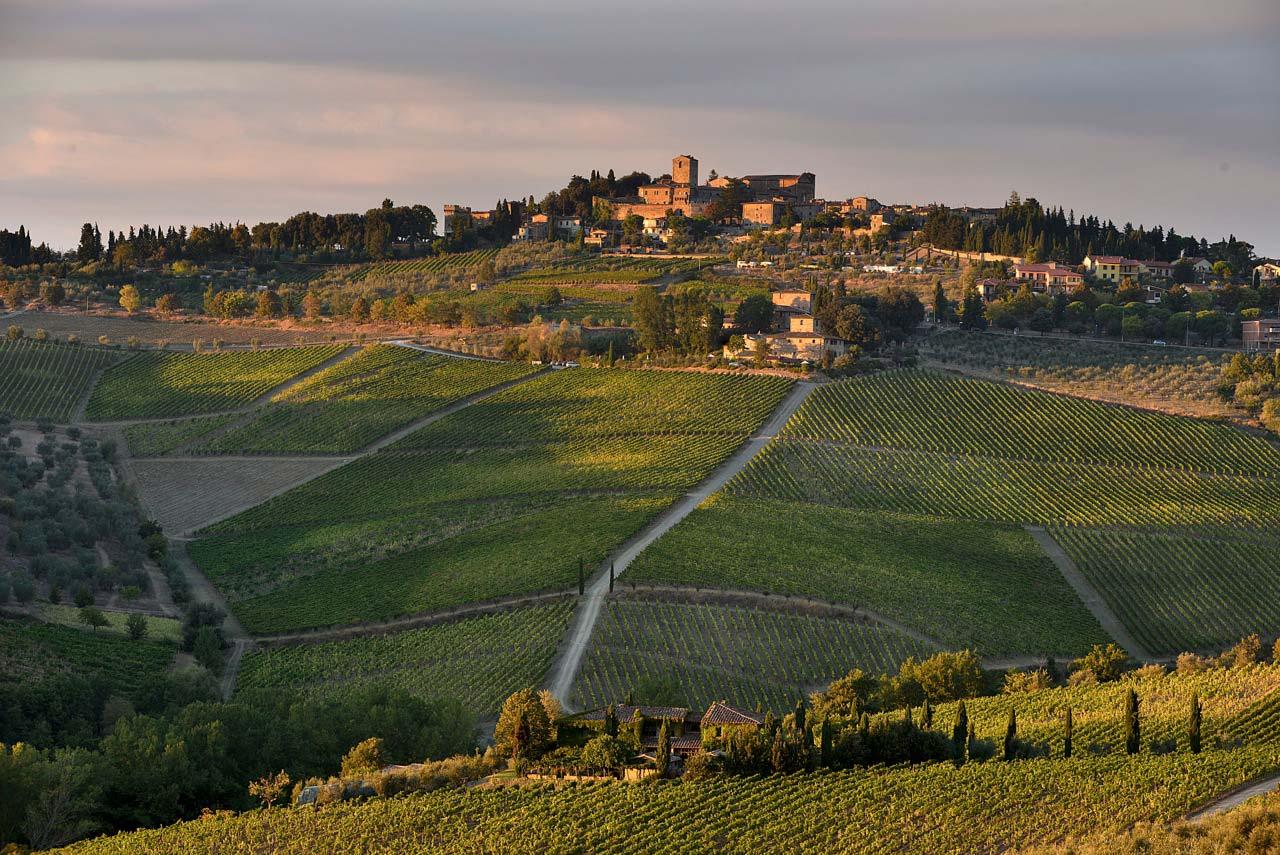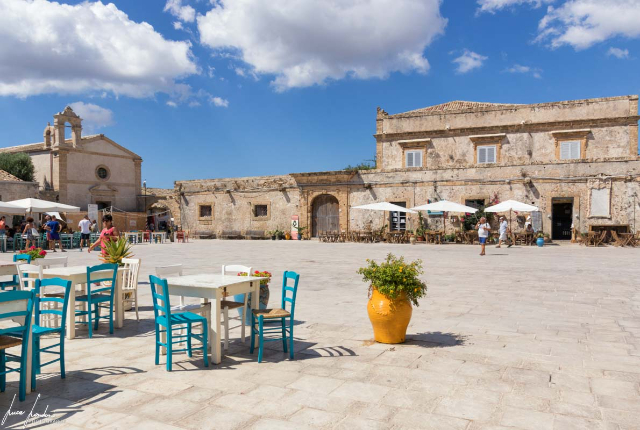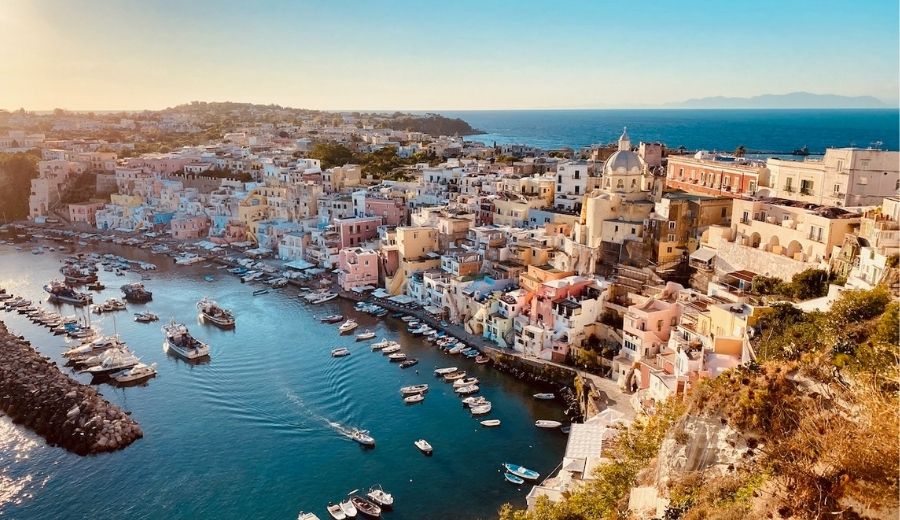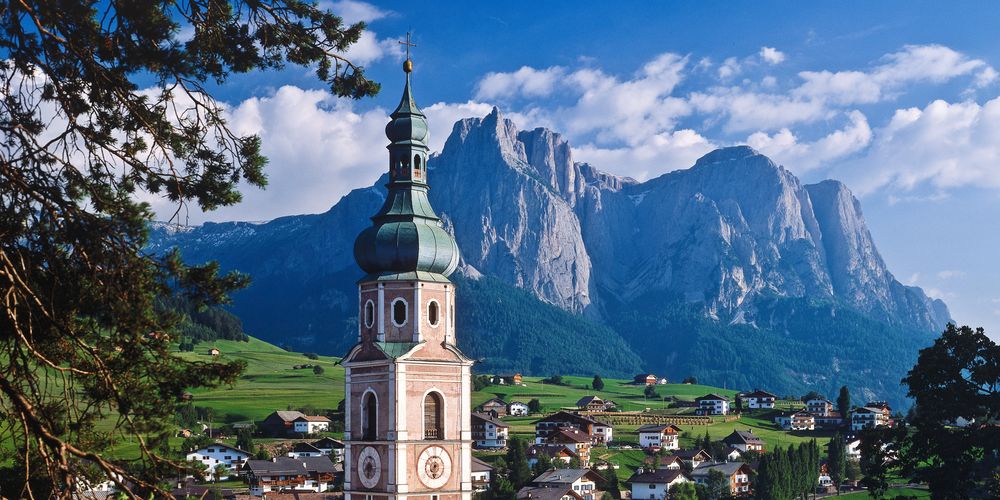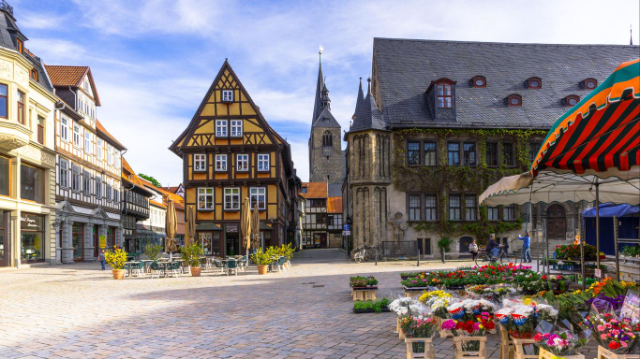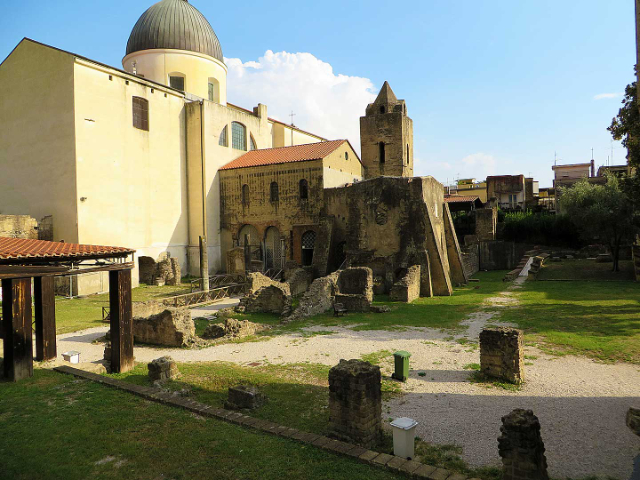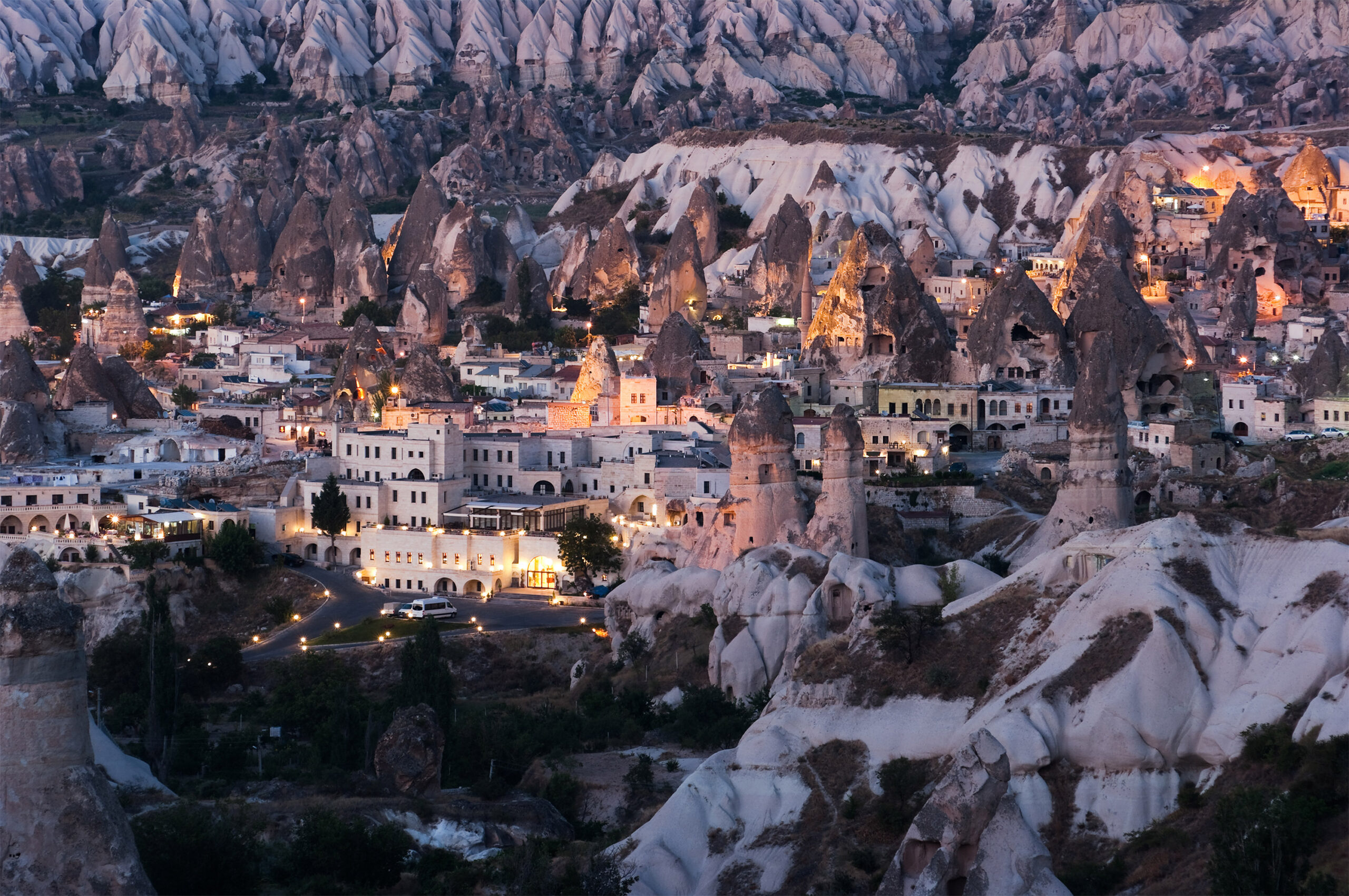Perched on a hill south of Florence and immersed in the countryside covered with vineyards, the small village of Panzano welcomes you in a cool and peaceful atmosphere within its characteristic ochre-coloured walls. A place rich in history dating back to Etruscan times, as shown by the first traces of settlement, discovered thanks to the discovery of a stele dating back to the 6th-5th century BC. The people had already understood that this lush region represented an ideal context in which to live.
Since then, the area has seen a succession of Romans, regional and Italian leagues, but the Tuscan countryside has remained unchanged, like a postcard unchanged over time. As he gets closer to the locality, his imagination reproduces the traditional activities of the area, such as the preparation of the vineyards, the grape harvest and the olive harvest, which have been practiced for centuries. A land shaped by the millenary work of man, and it is precisely this that defines its charm. Once you reach the top of the hill you can admire the remains of the castle, whose origins date back to the twelfth century. Although the thick walls and plumbing that complete its medieval architecture are largely damaged, if not completely destroyed by the conflicts that have affected Tuscany, you only need to linger on the imposing corner towers still present and some perimeter walls to appreciate the strategic importance of this place, which was the scene of the fighting between Florence and Siena during the Middle Ages and the Renaissance. However, it will be difficult for you to imagine scenes of war in this landscape of old stones and valleys of olive trees and vineyards caressed by the rustle of the trees, which rather evokes a feeling of calm and harmony.
Take the opportunity to visit the Church of Santa Maria, whose bell tower is only one of the ancient corner towers of the castle. The central portico stands out from the other of some easily accessible steps. Entirely rebuilt in brick and stone in the 19th century in the original place of worship, the church preserves a painting of the Madonna and Child dating back to the 14th century. A masterpiece of refinement and expressiveness that also accompanies a statue of Christ Crucified at the beginning of the 16th century, sculpted on polychrome poplar wood and attributed to Jacopo Sansovino, and a scene of the Annunciation painted in Ridolfo del Ghirlandaio’s atelier during the Renaissance period.
